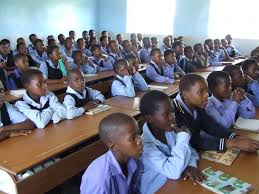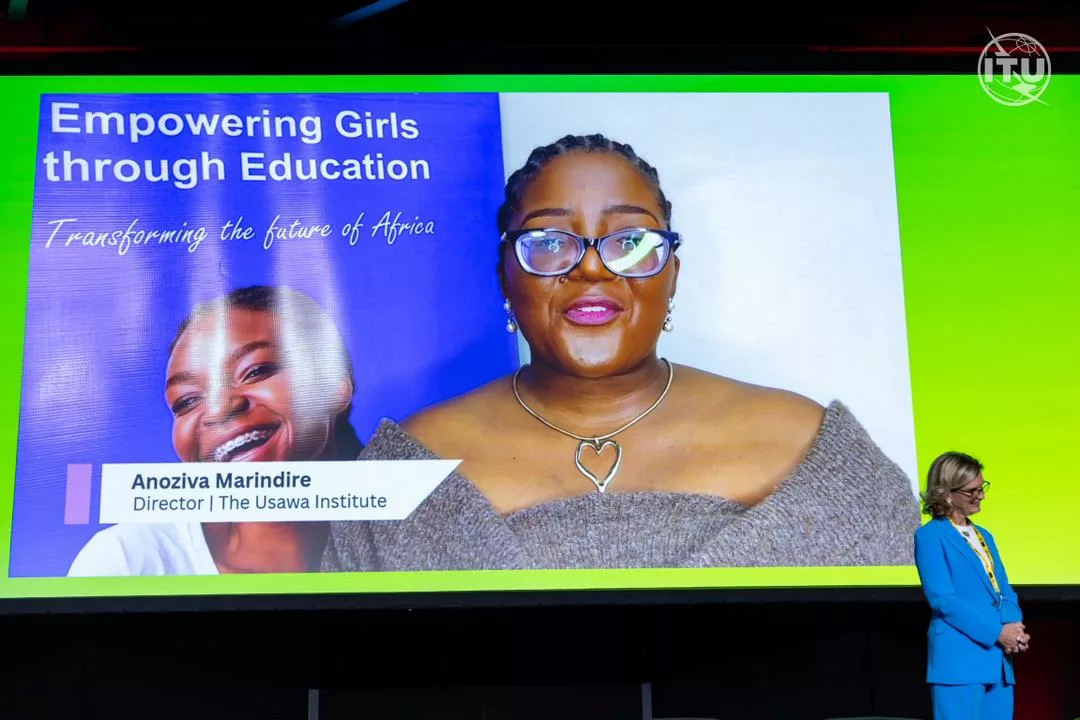By Byron Mutingwende
School levy is exorbitant. Why should parents take three years to pay $100 for a school bus levy every term? That’s the money students of the 80s and 90s used to pay for school fees every term. The schools are offered teachers for free by the government.
Paying teachers is the most expensive part of education yet the government takes that responsibility. The fees of between $120 to $200 paid by day schools in urban areas is equivalent to the money paid for one to be in boarding school in the 80s and 90s.
A survey done by Spiked Online Media revealed that at Gokomere High School in Masvingo from 1986 to 1992, fees for boarding school ranged between $115 and $140 for secondary level education per term. The fees were equivalent to the current $70.
By that time, a teacher could to send afford five children to boarding school. In an interview with one of the former students of Gokomere, it emerged that the father, a former agricultural extension worker, managed to send six children to Gokomere Primary and High school boarding at one time between the years 1984 to 1993.
Nowadays, a teacher struggles to send one child to the same school. This scenario is exacerbating poverty and threatening government stability.
One of the reasons why education is currently very expensive in Zimbabwe is because of the incentives for teachers introduced by former education minister David Coltart which were later withdrawn but school fees was not revised.
Do we need an international consultant to give solutions on how to make our education cheaper or we can simply look back on how it was done in the 80s when greed had not crept into people’s minds (headmasters and the school development committee).
It must be brought into perspective that any political party that will inherit such a shambolic pricing system will not prosper and is likely to be at loggerheads with electorate.
The exorbitant education prices put pressure on the government to make an economic turnaround that is beyond its capacity. In the past, no school owned a bus but schools produced most of the leaders in politics, industry and religion from that era. The yesteryear graduates compete on international scale and are on demand globally.
In the 1980s, a qualified teacher at a primary school earned $320. There was no way schools fees at mission and government schools could be higher than a government worker’s salary.
A government’s worker’s monthly salary was enough to pay for three children at a boarding school at once.
As a panacea, school levies should be controlled to a percentage of the school fees or no urban day school should exceed $50 per child per term, no rural secondary school should exceed $15 per child per term, no rural primary school should exceed $10 per child per term including levies. At the same time, parents should be legally forced to pay those low school fees for the schools to remain viable, sustainable and liquid.
The other recommendation is that teachers, just like other government workers should build their own homes and houses in local communities and townships. Rural district councils should create residential stands where teachers should build their own decent accommodation with running water and electricity. This would reduce the burden on parents to finance the building of houses for teachers at the school. It should be highlighted that teachers are already receiving housing allowances for that purpose. It might be a question of increasing that housing allowance than burdening parents to build houses for teachers.
Such a move would automatically economically empower teachers to own commercial properties, which they would never have owned under the current scenario.
The magnitude of school capital projects should be controlled to not exceed 25% of school revenue per term. Boarding government and mission schools are charging between $500 and $600 per term, making them commercial entities which can pay their own teachers.
The current teacher-pupil ratio is 1:40 so it means a levy of $10 per child can raise a salary of $400 per teacher per month – the amount paid by government to teachers currently, which translates to $40 per child. This can be accommodated by the current school fees structure at government and mission boarding schools. These are privately owned institutions. If looked at closely, there is a commercial benefit to the owner of the school, which has nothing to do with the government and quality of education.
The money currently locked in the education sector, if the system is optimised according to the above recommendations, the free funds realised from relieved parents can be channelled towards the market for products from industry to stimulate economic growth and create the much-needed employment for those graduates from schools.
For example, in the early 1980s, a person working for the District Development Fund (DDF), which was the major source of employment for the rural people, was earning $50 per month and school fees for rural schools was pegged at $10 per family per year and building fund $10 per family per year, sports fees $1 per pupil per year. That gave him enough financial power to pay fees for all his children using one month’s salary. That meant all the salary of the remaining months was left for family developmental projects and consumption, thereby creating vibrant market for industrial products.
Such policies invigorated industrial and economic growth, which would create the much-needed employment for the population.
In the final analysis, is it not possible to achieve free education for all primary and secondary school going children using the current budget allocation of $783 300 000 in 2017? My conclusion is that it’s possible and that could have been achieved in Government’s 100-day targets.
Going by the 2012 Census, the total enrolment for primary and secondary schools was around 3, 5 million students. Assuming that the figure hasn’t changed, the government support per child would be $223 per year. Isn’t that amount enough to afford free education for all day scholars? Food for thought!






